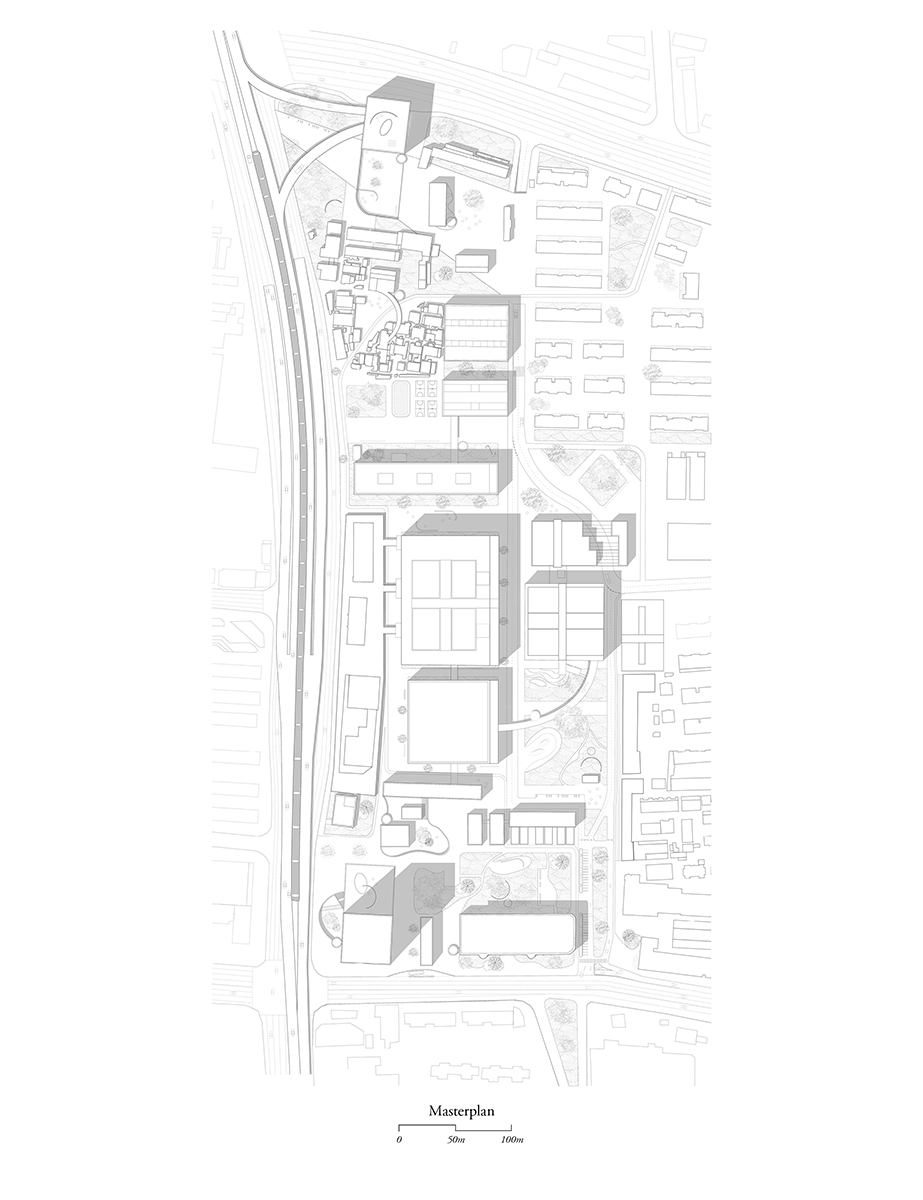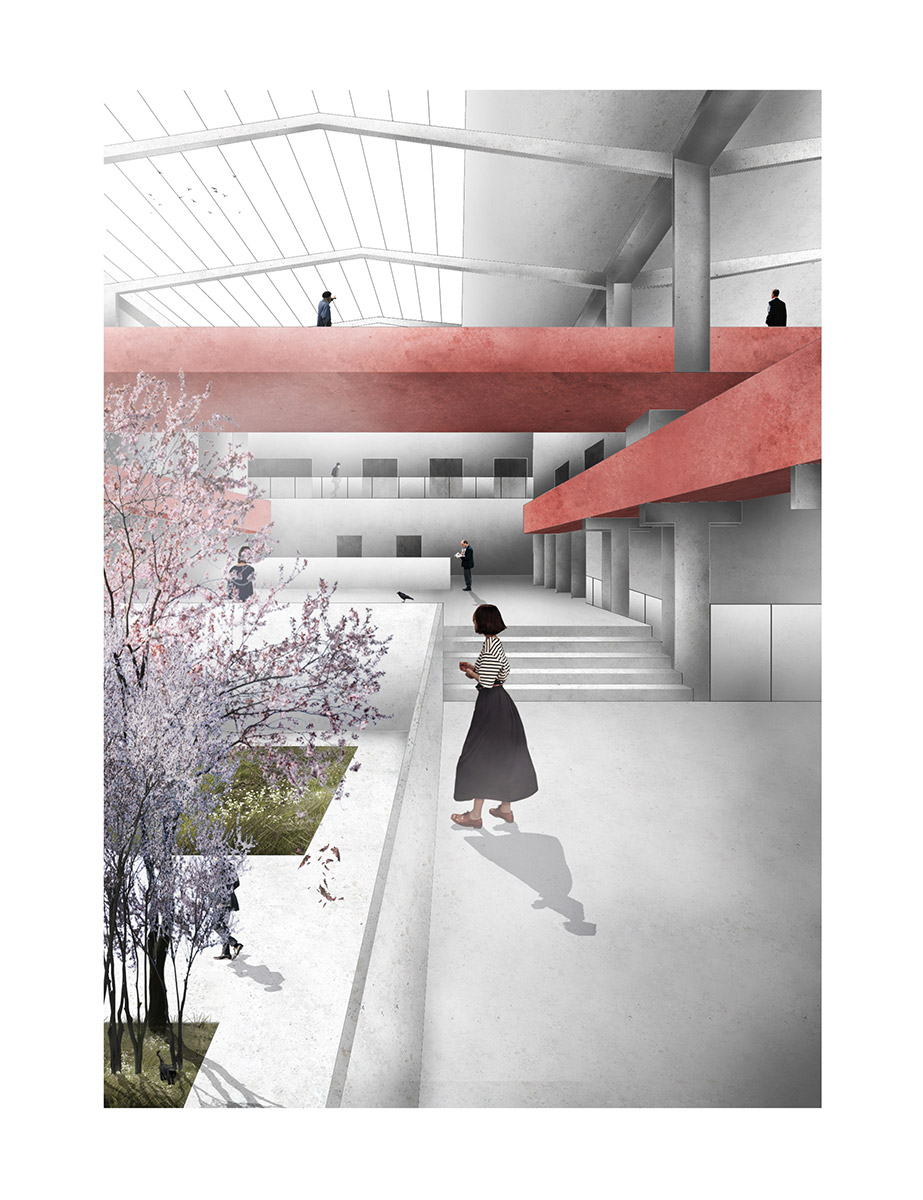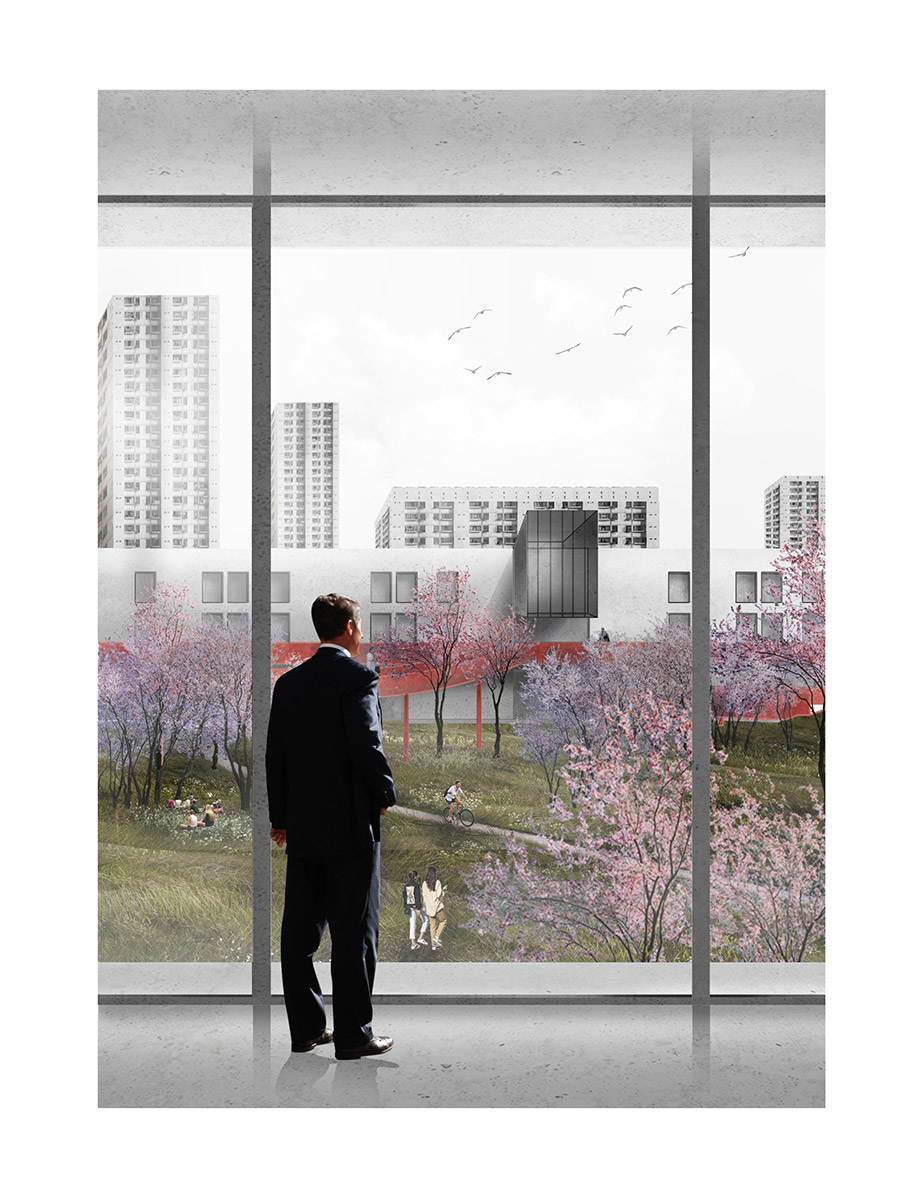19/037
Claire Neff &
Pierre-Alexis Réty
Architecture Students
Shanghai / Strasbourg

«Architecture seeks to give meaning to the elements that assist and lead us in our daily lives.»
«Architecture seeks to give meaning to the elements that assist and lead us in our daily lives.»
«Architecture seeks to give meaning to the elements that assist and lead us in our daily lives.»
«Architecture seeks to give meaning to the elements that assist and lead us in our daily lives.»
Please introduce yourself...
As students in Franco-Chinese dual master’s degree, it’s between Strasbourg and Shanghai that we are experimenting the city and its architectures. We seek to take the opportunity to understand the narrative structure of the urban, from the small object to the hyperstructure.
How did you find your way into the field of Architecture?
Each project is a complete commitment to try to grasp all the issues that gravitate around it. We are convinced that one of the great challenges facing architects today is to achieve "simplexity". This research tends to synthesize complexity in simplicity by considering all possible and unimaginable solutions. The purpose of our work is to avoid unfruitful digression, nonsense or misdirection. We seek to find a state of equilibrium, a stability. Sometimes, there are oversimplifications, twists of imperfect accuracies that are not always interesting. Then, new answers are explored. However, are there still answers?
What comes to your mind, when you think about your last project?
How is it still possible to dissociate architecture and urban thinking? How to unravel the Shanghai urban matrix? How can we feel legitimate in projecting space into an unknown and uncertain territory as Shanghai? That’s what we learned from this project. Shanghai is a tangle of movements, rhythms, punctuations. The urban is constantly reproducing erratically. Superpositions, slips, frictions of figures and fabrics of all kinds are created. The challenge is then to decrypt the complexity in order to decipher, understand and project possible solutions.

Drawing / Poem
Drawing / Poem
What do you want to do when you have finished architecture school?
"L’atelier de la recherché patiente" said Le Corbusier is a decisive moment in the formation of an architect. The atelieris the place where the project becomes a collective act. Everyone invests their uniqueness in researches. We manipulate, develop solutions and create interactions. We learn that architecture is not about simply to fill, to build but about what it generates around it. In our opinion, education appears as a completion. What is more rewarding and satisfying than passing on what has taken years to learn, build and experiment? Teaching is about make people want to learn, awake their curiosity, make people discover hidden and buried desires. To be continued.
What does your desk/working space look like?

Working space
Working space
What is the essence of architecture for you personally?
Architecture seeks to give meaning to the elements that assist and lead us in our daily lives. Architecture is certainly adopting a posture but it’s above all enriching a reality. We believe that an architecture must create physical or intangible links, reactivate or amplify the landscape in which it is part, and celebrate the genius loci.
Your master of architecture?
A Book:
Claire – Images des microcosmes flottant by Olivier Meystre for the representation, the singular ways to imagine and consider the project.
Pierre-Alexis – Et si la beauté rendait heureux by F.Cardinal, P.Thibaut for ode of the beauty in simple things around us.
A Person:
Claire – Alvaro Siza, for his recognition of reality.
Pierre-Alexis – Luca Merlini, for his overflowing imaginaries, sometimes absurd but always inspiring.
A Building:
Claire – Punta de la Dogona, Tadao Ando for the evidence.
Pierre-Alexis – House in Yokohama, Kazuo Shinohara for the mystery, experimentation, the audacity of the dialogue between tradition and modernity.
How do you choose to present architecture?
References allow us to compare postures, irrigate the thought, inspire the outline. Words, poetry or even sketches help us to immerse ourselves. All these mediums help us to exhaust a subject. Then comes the moment when everything dissolves, dilutes and gradually gives way to the essence of the project. Next, the computer tools extend our ideas, highlight atmospheres and finally affirm the decisions. Every document has to offer something. It is up to us to find the right way to give meaning to the project, to serve and amplify it.

Sketch / Visualisation
Sketch / Visualisation
What has to change in the Architecture Industry? How do you imagine the future?
The architect often tends toward producing images to satisfy his/her desires of expression. The idea of compulsion tends to make us dependent, irrational, and productive otherwise. One of the main questions is to know: what is the actual role of the architect and what are his limits. Architecture can’t appear as a vulgar personal expression but as a reply to a complexity of factors. We know that time and space cannot be immobilized. The uncatchable and elusive has become omnipresent. How can this instability consider as a potential to exploit? How to update our way of doing and think the city?
Project
Cum Scientia
Shanghai
2019
Cum scientia is a project that suggests not only that the subject knows the object, but also that the object always refers to the subject itself. Consciousness is the dynamic and personal organization of the psychic life; it allows the individual to consider himself as the subject of his knowledge. Urban consciousness is expressed in its movement, structure but also by its tangible and material reality.
This research aims to work on a fragment of Shanghai's urban fragment: The ChangYang Campus. As the initial site appeared to be a spatial as well as a temporal hollow, it was necessary to consider the implementation of dynamic elements into the metropolitan matrix. Therefore, we projected ourselves into the plausible evolution of the site over time in order to guarantee a diffusion, a propagation from the largest scale to the nearest. Finally, the project questions the posture and components of an innovative campus today. As the functional programs were already operational on site, it was necessary to think about the conveniences to insufflate, the services and interweaving of complementary dynamic programs.
Finally, the project forges links with the different typologies of public space, sets up punctuations, rhythms of life. An innovative campus must encourage versatility, which has involved work on internal mobility, flow management and gradual deceleration. From now on, the ChangYang Campus offers different levels of public spaces through verticalization, distance from the ground or the air. Urban intentions pass, forward through public space, create places of passage, integrate qualitative moments socially, spatially and functionally speaking.
Name of the Project: Cum Scientia
Year: 2019
Type: Urban restructuration
Space: 70.000 sq m
Location: Shanghai
Geographic coordinates:(31.273877; 121.531409)







